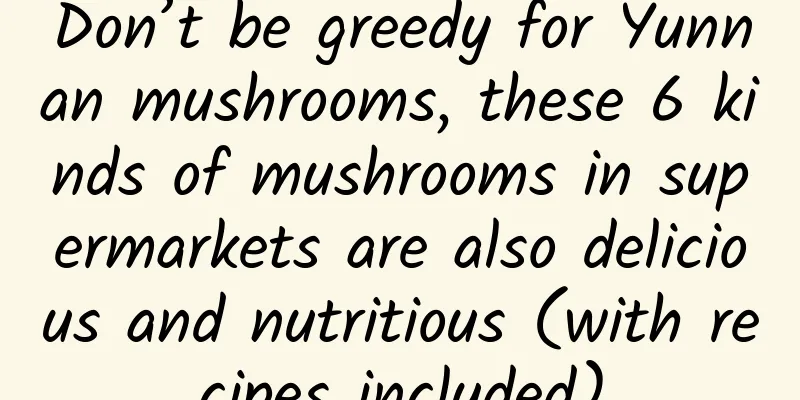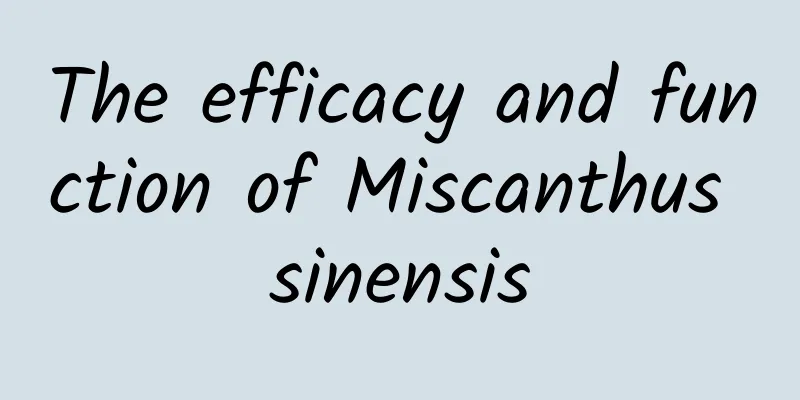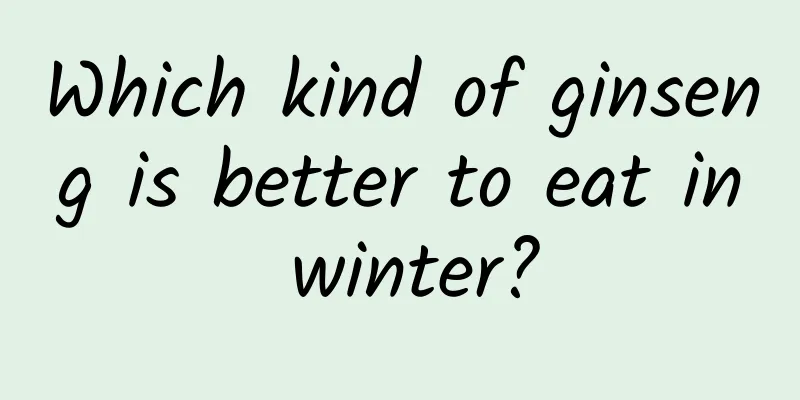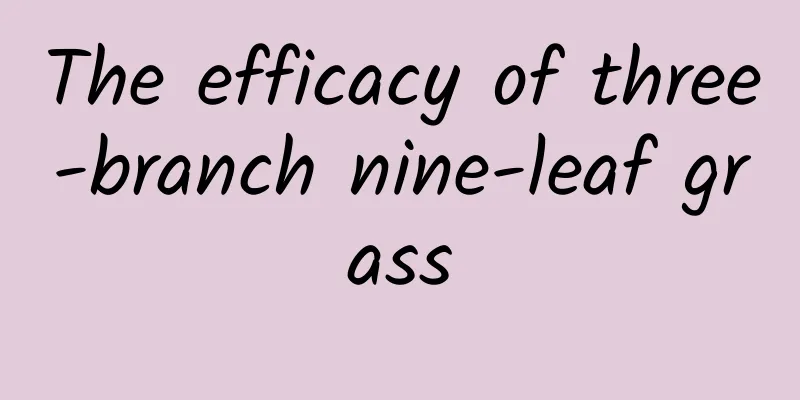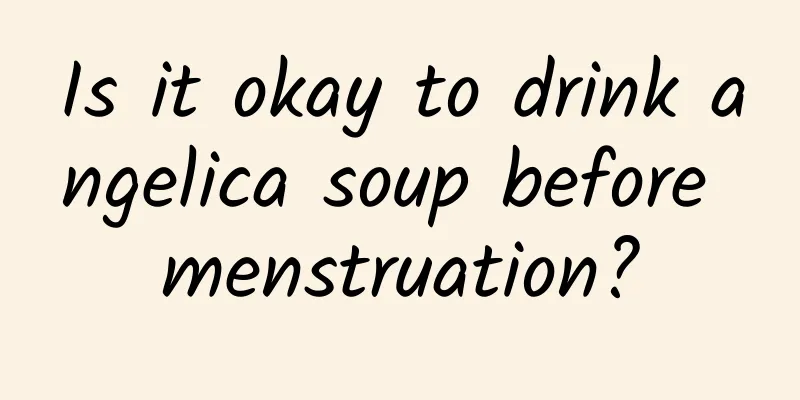The efficacy and function of Linglingxiang

|
Linglingxiang is one of the common traditional Chinese medicines in our country. The medicinal history of Linglingxiang is very long. There are records of Linglingxiang in many ancient medical books. Linglingxiang has good edible value and medicinal value. Let’s take a look. [Other names] Xuncao (Classic of Mountains and Seas), Yancao (Nanyue Zhi), Huicao (Bielu), Xiangcao (Kaibao Materia Medica), Linglingxiang, Lingzixiang (Mengxi Bitan), Huanglingcao (Gengxin Yuce), Xunxiang (Bencao Qiuzhen), Lingcao (Handbook of Chinese Medicinal Materials). [Source] It is the whole herb with roots of the Primulaceae plant. Between September and October, pull up the plants with their roots, remove the mud and sand on the roots, and dry them in the oven or in the shade. [Original form] Lingxiang grass, also known as: Guanglingxiang (Compendium of Materia Medica), Guanglingxiang, Pingnanxiang, and Manshanxiang. [Habitat distribution] Valleys, river banks, and under forests. Distributed in Sichuan, Yunnan, Guizhou, Hubei, Guangdong, Guangxi and other places. Produced in Guangxi, Guangdong, Sichuan, Yunnan, Guizhou and other places. [Properties] The whole plant is dried and often twisted, with a gray-green to purple-brown-green color. There are longitudinal lines and three curved edges on the surface, and one side often has whisker-like adventitious roots. It is brittle, easy to break, has a triangular cross section, and is yellowish white. The leaves are alternate, with long petioles, ovate and wrinkled, cuneate and winged at the base, with prominent pinnate veins and a papery texture. Sometimes there are spherical capsules in the leaf axils, which are white in color, with slender fruit stalks up to 3.5 cm long, persistent calyx, thin pericarp, and many tiny brown-black seeds inside, in a three-dimensional triangular shape. Root-like, brown-black. It has a strong aroma and a slightly bitter taste. The best ones are those with tender and thin stems and leaves, gray-green color, dryness, strong fragrance and no sand or mud. 【Nature and flavor】Sweet, spicy, warm. 【Meridian】 ① "Ben Cao Qiu Zhen": "enters the lungs." 【Functions and indications】Dispel wind and cold, and eliminate filth and dirt. Treat typhoid fever, cold, headache, chest and abdominal distension, diarrhea, spermatorrhea, nasal congestion and toothache. [Usage and Dosage] For oral use: decocted in water, 1.5 to 3 qian; or made into pills or powder. For external use: grind into powder and mix with decoction in water for gargling. 【Note】 ① "Haiyao Bencao": "It is good to take Cimicifuga and Asarum. It is not suitable to take too much, as it will cause shortness of breath." [Additional prescription] ① Treat typhoid fever, eliminate heat, and stop diarrhea: 2 liang of iris, 4 liang of coptis chinensis, and 2 liang of angelica. Cut the above three ingredients into small pieces, add six liters of water, boil until two liters remain, adjust the temperature according to the temperature, drink five grams of it three times a day. Avoid pork, cold water, etc. (Huicao Decoction from Fan Wang Fang) 【Explanations by various scholars】 "Compendium of Materia Medica": "The fragrant grass has a pungent and dispersing aroma, so it is used for bad stomach and heartache, toothache, and nasal congestion. The spleen and stomach like fragrance, and fragrance can nourish the nose. Taking too much will cause wheezing, because it can dissipate the true qi." [Clinical Application] Prevention and treatment of colds and influenza: Take 1 jin of Fragrance of the Rhizoma Cibotii branches and leaves, add 2000 ml of water, and boil until 1000 ml. Adults take 100 ml per day for 3 consecutive days (children should reduce the dosage). In areas where influenza is prevalent, preventive medication was taken and observed for one month. Among 165 people taking the medication, 3 people became ill (accounting for 1.8%), while in the control group (not taking medication), 10 people among 68 people became ill (accounting for 14%). The treatment is to take compound Manshanxiang tablets, 8 tablets each time, 3 times a day. The daily amount is equivalent to 2 qian of Manshanxiang, 7 fen of Baiqian, and 3 fen of Qiyeyihua. 349 people were treated, 89% of them showed improvement within 3 days; among the 152 people with fever, 90% of them had fever subsided within two days. No obvious side effects were found after taking the medicine. According to experimental research, 75% of the Manshan Xiangshui decoction in chicken embryos has an inhibitory and inactivating effect on influenza viruses. [Remarks] According to the illustration of Haozhou Lingkagum in Zhenglei Bencao and the Lingkagum in Botany Mingshi Tukao, they are similar to basil or basil of the Lamiaceae family. However, currently, those who use basil as Lingkagum are only found in Jiangsu and Zhejiang regions. Basil is only distributed in Taiwan and Hainan Island. The Lingxiang products sold on the market are mainly Lingxiangcao, which is consistent with the Mengzhou Lingxiang recorded in "Zhenglei Bencao". 【Excerpt】 《*Dictionary》 Through the introduction of the above content, we can understand that the traditional Chinese medicine Linglingxiang plays a very important role in many aspects. Proper consumption of tonka has many benefits for our body. |
<<: The efficacy and function of dace
>>: The efficacy and function of fern
Recommend
How to move an object weighing 100,000 tons without damaging it?
Science fiction: How to use modern technology to ...
The efficacy and function of thatch arrows
Most Chinese medicinal materials have good effect...
The role and efficacy of traditional Chinese medicine floating wheat
In our daily life, many people face tremendous wo...
Girl, hold on! Men actually like this kind of red the most
Cornus officinalis, also known as Cornus officina...
Whether the nail clippers are “flat” or “round” actually affects whether you get paronychia?
Audit expert: Zhang Yuhong Chief Physician of Der...
The efficacy and function of sumac bark
Lacquer tree bark is a very common Chinese medici...
Does Morinda officinalis have great medicinal value?
The medicinal values of some drugs are similar....
Manual for identifying “high-quality imitation” edible fungi | Do you know about these high-risk “health foods”?
From the New Year's Eve dinner to the reunion...
The efficacy and function of Sonchus endive
Sonchus endive is a traditional Chinese medicinal...
The takeaway beef has colored reflections. Is it bad? Can I still eat it?
Many people love to eat beef, such as beef ramen,...
Why are Chinese characters called “square characters”?
In the history of Chinese characters, people usua...
The Secret of Zircon: I Know What Dinosaur Fossils Went Through
More than 70 million years ago, tens of thousands...
The efficacy and function of Amomum villosum
What are the functions of Amomum villosum? As a t...
What are the effects and functions of gentian
In our daily life, we mainly use gentian to treat...
Capturing carbon dioxide! The magic formula for low-carbon living
Produced by: Science Popularization China Produce...
